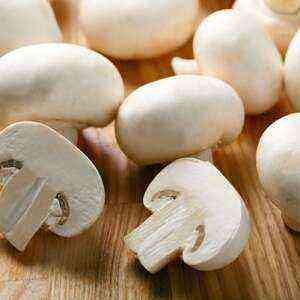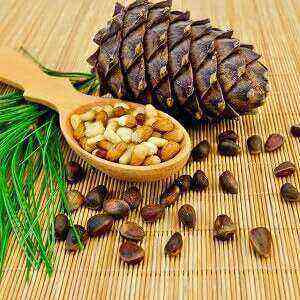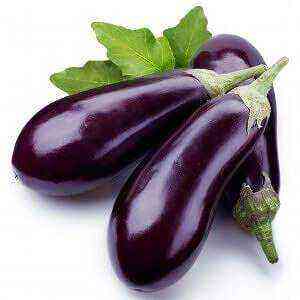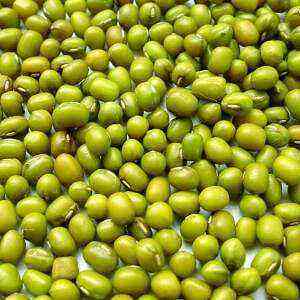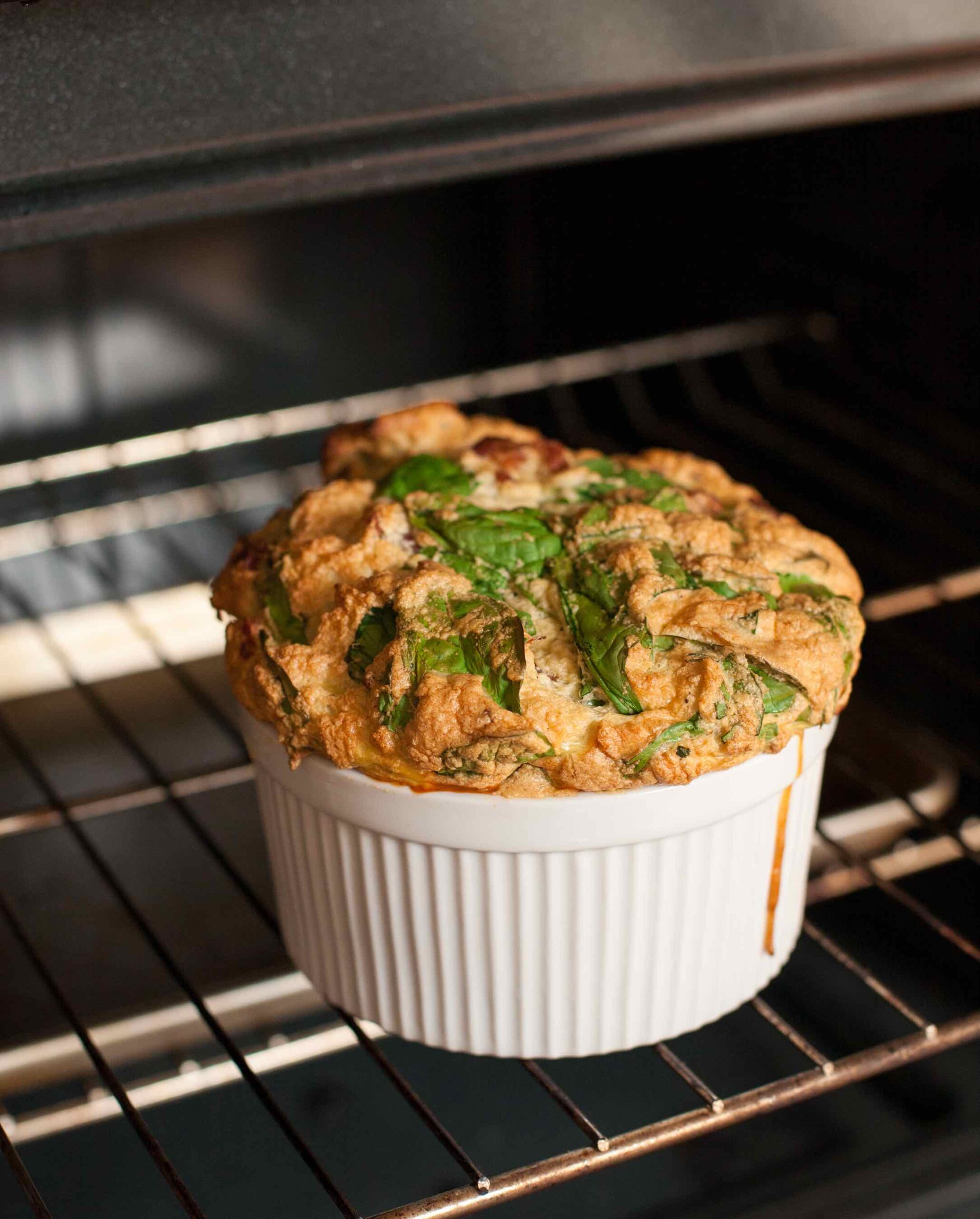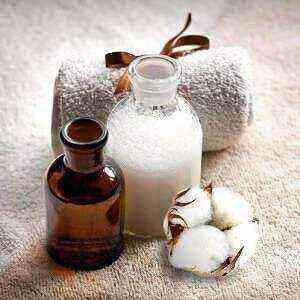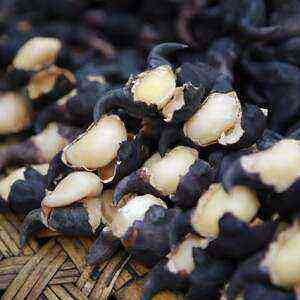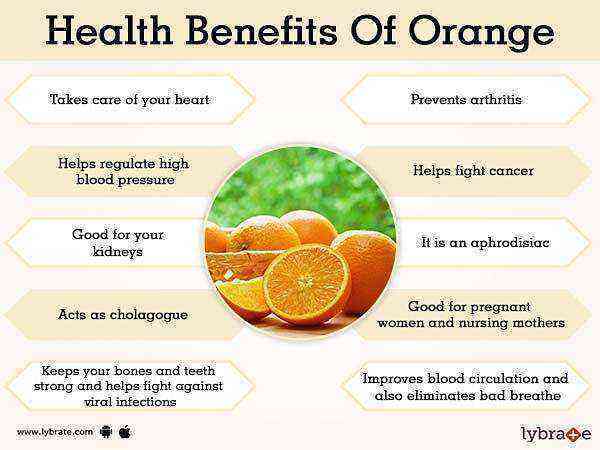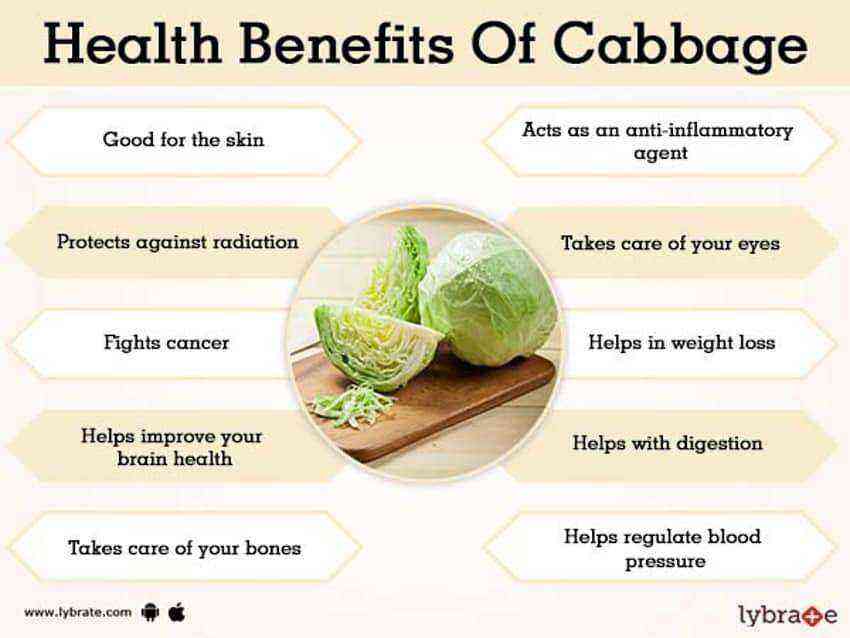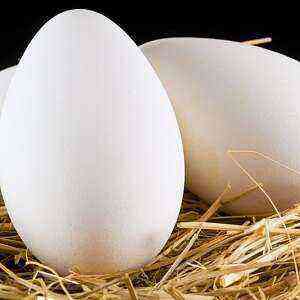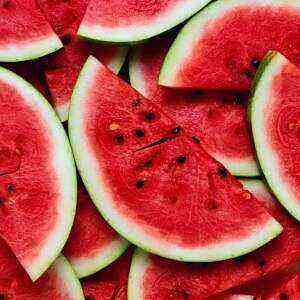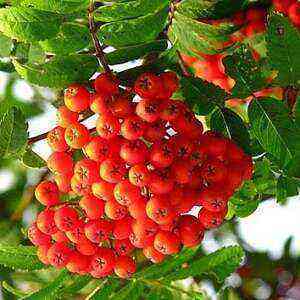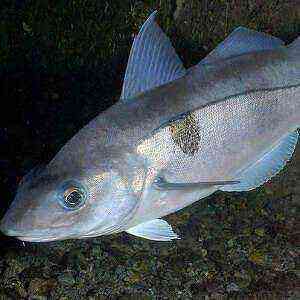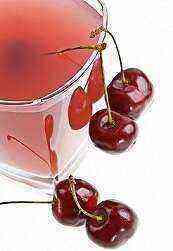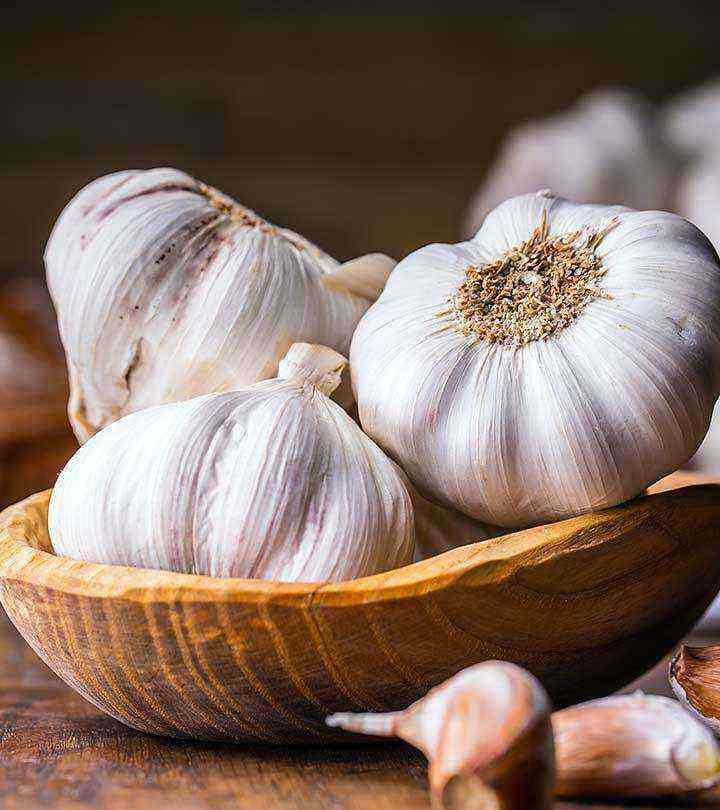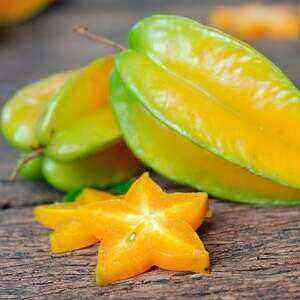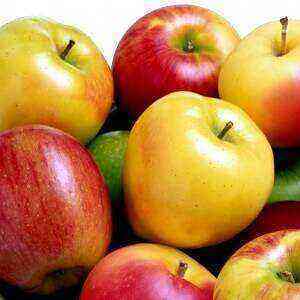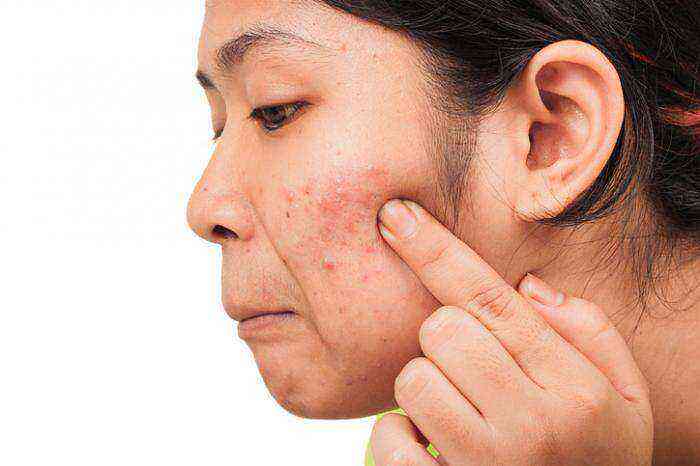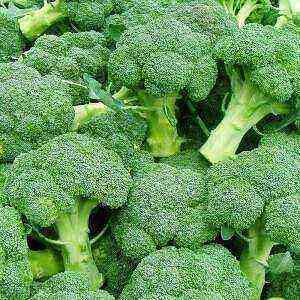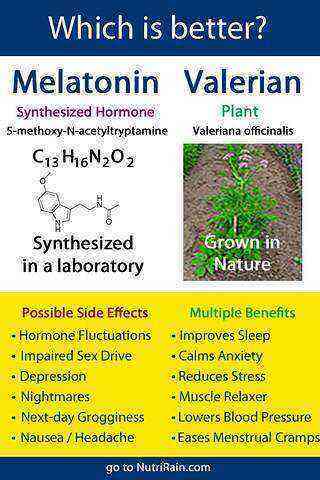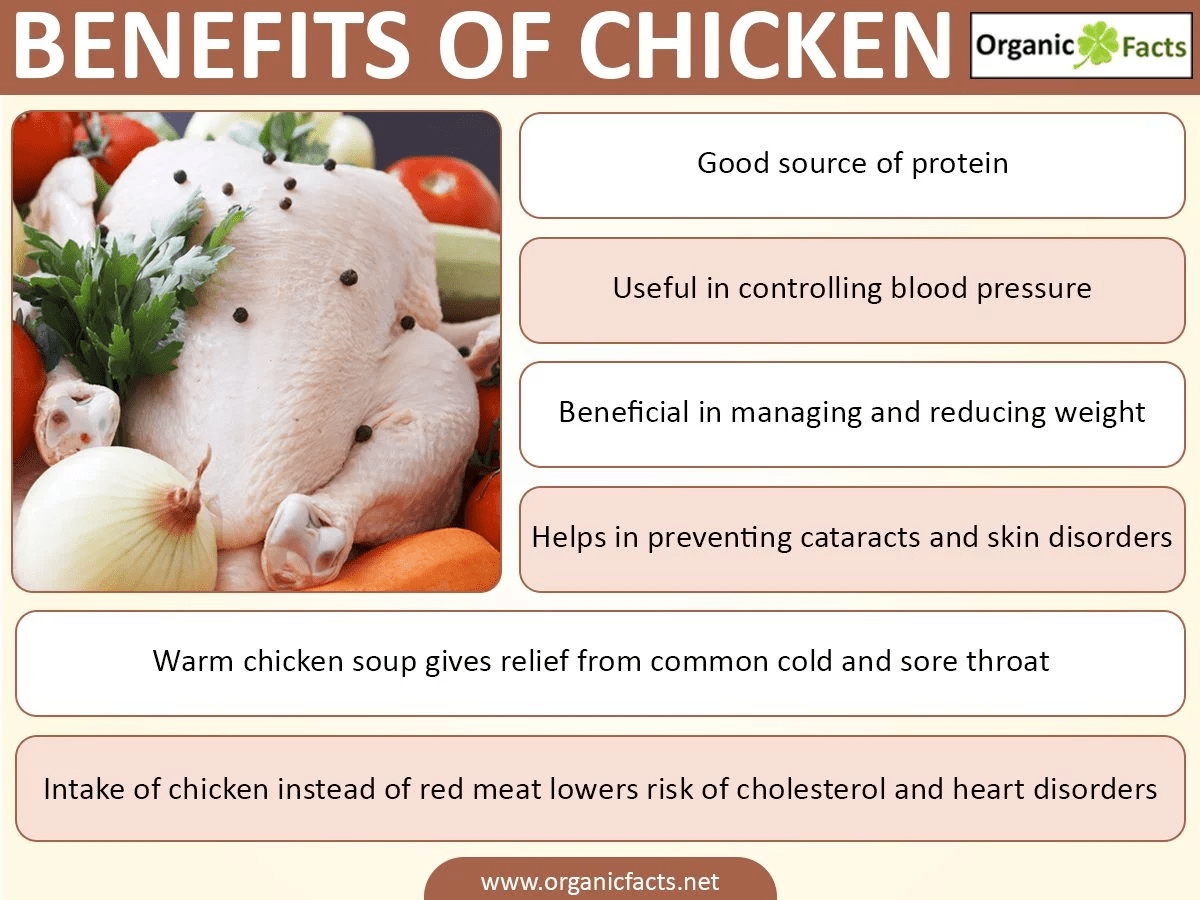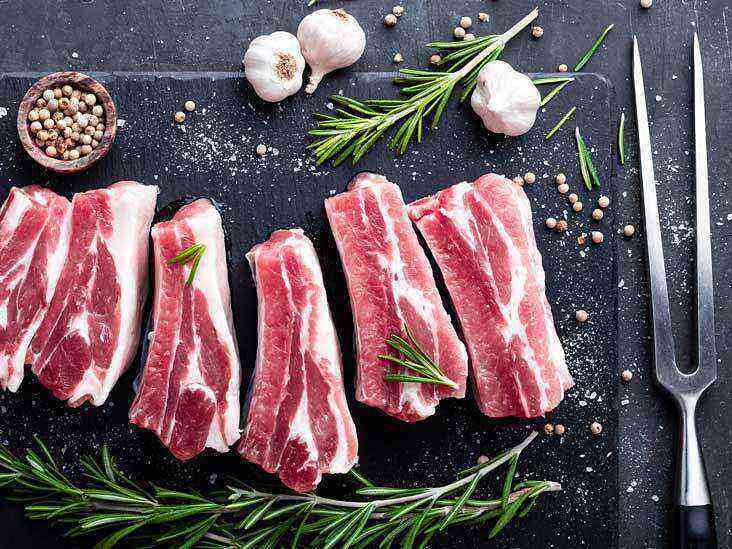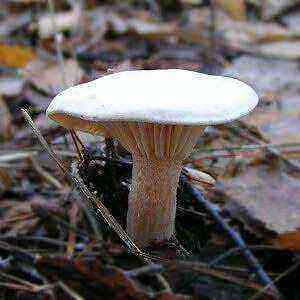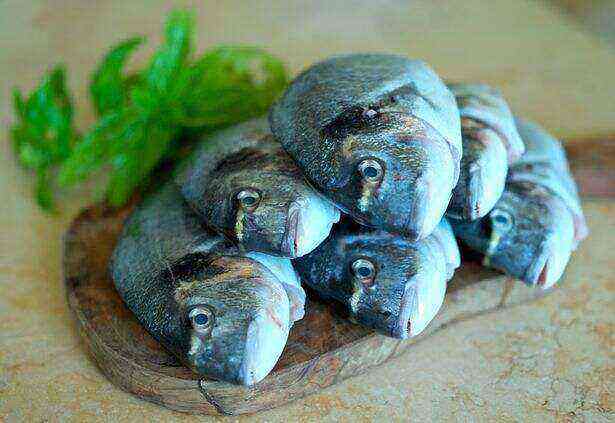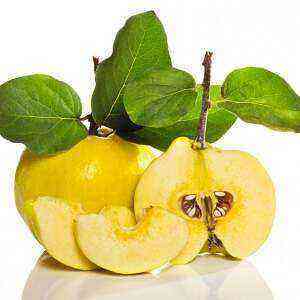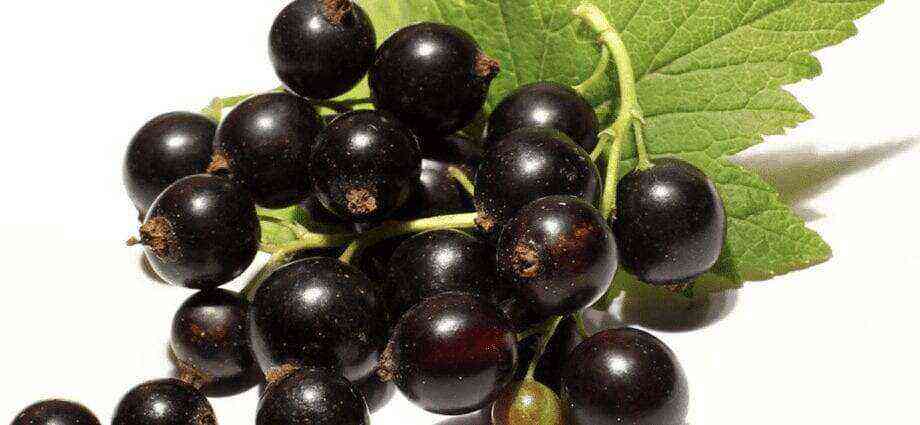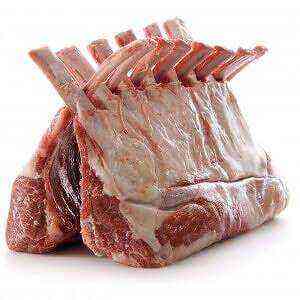Cocoa butter is a widely used product in the food and medical industries. In its pure form, natural, it is a fat obtained by pressing the fruit of the cocoa tree. Cocoa beans, from which chocolate and the drink of the same name are made, have nothing to do with butter – after harvesting the fruits, the pulp and grains are separated and go to different industries.
The calorie content of cocoa butter is the same as that of other vegetable oils – 899 kcal per 100 grams of butter. But the content of different components and, accordingly, useful properties are somewhat specific.
What is cocoa butter
1. Vitamins.
First of all, the low content of vitamins is striking. Vitamins in the oil are practically absent: in trace amounts there are vitamins D, E and A common for vegetable oils. Of course, they do not have a special beneficial effect on the body in such small quantities. There are no harmful trans fats at all. This cocoa butter compares favorably with most others.
2. Fatty acids.
The basis is made up of fatty acids – oleic, stearic, palmitic and linoleic. Of these, the first is found in the largest quantities (almost half of the total mass of the oil) and is useful in that it is able to successfully lower blood cholesterol levels. Stearic acid – about 30% of the acids it contains – has no effect on blood cholesterol levels.
Already only these properties make it possible to consider cocoa butter one of the most useful plant products – when replacing at least some of the other vegetable fats in the diet, the risk of atherosclerosis or stroke is noticeably reduced.
3. Tannins, xanthine and caffeine.
But in addition to fatty acids, the composition contains a large amount of tannins, xanthine and caffeine. These beneficial substances in cocoa butter have a very beneficial effect on the condition of the skin when used in cosmetology for the face, body and hair.
Why is cocoa butter useful?
1. In cosmetology.
The use of cocoa butter in cosmetology allows you to increase the elasticity, softness of the skin, relieves inflammatory reactions and promotes rapid healing of wounds and scratches.
2. In medicine.
Cocoa butter is widely used in the treatment of colds, allergies and burns. It is not surprising that its beneficial properties are used for the preparation of cosmetic and medicinal ointments in almost larger quantities than in the food industry.
3. In cooking.
Nevertheless, it is the edible cocoa butter that has gained the greatest popularity and application throughout the world. Due to the fact that it is obtained from the fruit, and not from the seeds, like most other oils, it has a very pleasant smell and taste, similar to those of the cocoa fruit themselves. For the preparation of fatty desserts, it is almost ideal. However, as with other products, today it is very difficult to choose natural oil.
How to choose real cocoa butter?
First of all, it should be remembered that in order to better preserve natural fresh cocoa butter, in most cases, it is additionally processed to obtain a deodorized product. Its composition, although it contains all the original fatty acids, is devoid of the wonderful aroma of cocoa. Basically, it’s just vegetable fat. This deodorized oil is most commonly used to make white chocolate.
However, even more often, natural unrefined cocoa butter is replaced with banal margarine – an artificially thickened mixture of soybean, palm or rapeseed oil in different consistencies. In appearance and taste, the consumer may not recognize a fake, but there are a lot of the same harmful trans fats in the “substitute”.
Therefore, if you do not know how to choose natural cocoa butter, use the following tips:
1. Don’t save.
Natural, non-deodorized butter is unlikely to cost you less than two identical servings of margarine.
2. Check the color.
A good product should be yellowish, sometimes even creamy and light brown. White is either rancid oil, or the same substitute.
3. Natural product does not require refrigeration.
At room temperature, it remains solid, reminiscent of white chocolate. And if at the standard 20 degrees it is soft, like creamy – refrain from buying.
4. If the butter does not smell like cocoa, it is either processed or tampered with.
Smell, you should smell the drink. And remember – it is not made from beans, but from fruits. And if you are offered butter made from “exclusive beans”, it makes sense to think about the seller’s honesty.
By the way, sometimes it makes sense to check white chocolate in a similar way. If on the packaging of the bar along with cocoa butter any others are indicated – palm, stearic, soy – most likely, “white chocolate” is made from them. And if natural edible cocoa butter is present, then in tiny quantities.
So be careful and enjoy only a real delicacy with benefit!


